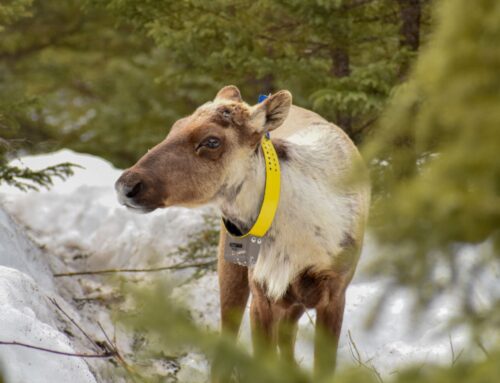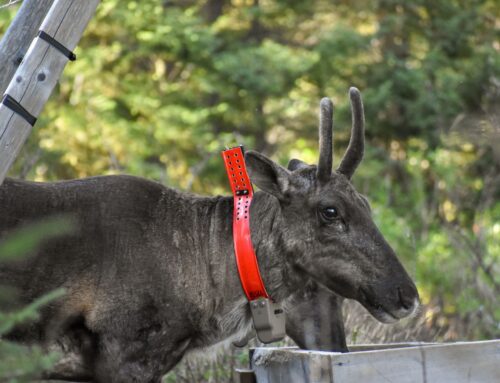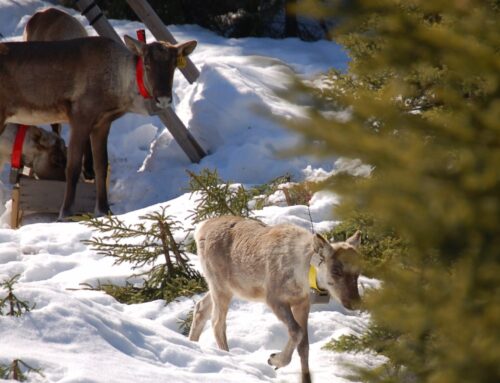(Lac-Simon) A new report carried out on behalf of the Council of the Anishinabe Nation of Lac-Simon confirms the urgency to act on the Val-d’Or woodland caribou file. According to the counts of the biologists who participated in the study, only six members of the herd are still alive.
The report, written by professors Martin-Hugues-St-Laurent and Jacinthe Gosselin of the Université du Québec à Rimouski, is alarming. In addition to the fact that the herd is practically extinct, 78% of the area once considered acceptable for woodland caribou is no longer acceptable. The caribou feed mainly on lichen,” says Geneviève Tremblay, biologist for the Lac-Simon council. And since lichen grows on old wood, the rejuvenation of the forest, caused among other things by logging roads and vacationing, disadvantages the caribou. »
Reinstalling new fawns
Currently, the Anishinabeg, who had signed a tripartite collaboration agreement with the federal and provincial governments, are in a standby mode with respect to possible solutions. For Geneviève Tremblay, the ball is in the court of the Quebec government.
The Action boréale (an environmental movement located in Abitibi) had set up a project to reintroduce fawns from other regions,” she recalls. Currently, out of the six remaining individuals, there are three females. We can’t count on them to completely repopulate the herd, it will take years. We’re waiting for decisions from the Ministry of Forests, Wildlife and Parks. But we don’t have the time to wait very long. »
For her part, the Chief of the Council of the Anishinabe Nation of Lac-Simon, Adrienne Jérôme, criticizes governments for ignoring Aboriginal knowledge in the conservation of these species. “Our ancestral knowledge must always be corroborated by science if we are to be taken seriously. I hope that with the results of this study, we will finally be able to move forward with concrete actions as we have been asking for several years. »
The gray wolf, the main predator
In his study, Martin-Hugues St-Laurent points out that in addition to seeing the habitat of the woodland caribou shrink as a matter of concern, that of its main predator, the grey wolf, is expanding. The gray wolf loves forest roads and moves around easily,” says the researcher. These same roads are repellent to caribou, which avoid them over long distances. »
Mr. St-Laurent also pointed out that the best habitat restoration scenarios, considering both the beneficial effects for the caribou and the negative effects for the wolf, are located within a radius of approximately 10 km around the Decelles Reservoir, as well as in the Sabourin Lake area and south of the same lake.
As for knowing where the fawns to be reintroduced will come from, the Lac-Simon biologist remains perplexed. The herd north of La Sarre is also in decline,” says Ms. Tremblay. It’s still less critical than in Val-d’Or. In addition, many other caribou in other parts of Quebec are experiencing the same phenomenon. »
The MFFP has attempted several measures over the past ten years to save the woodland caribou. Last March, the seven remaining members were put in a pen, but one of them died of a cause as yet unknown to biologists.





